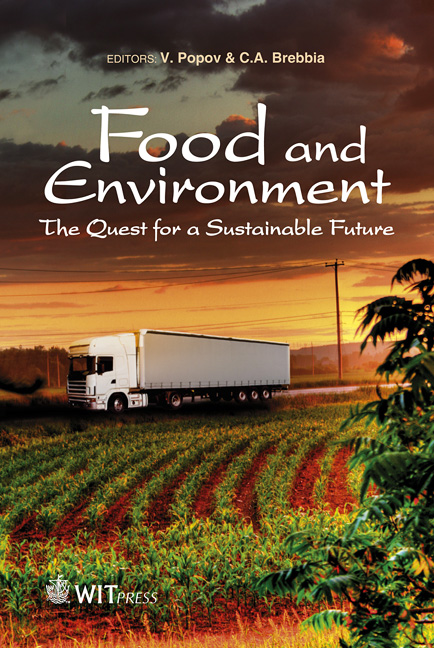Dryland Crop Production And Greenhouse Gas Emissions In Canada: A Regional Comparison
Price
Free (open access)
Transaction
Volume
152
Pages
12
Page Range
25 - 36
Published
2011
Size
375 kb
Paper DOI
10.2495/FENV110031
Copyright
WIT Press
Author(s)
S. Kulshreshtha, J. Dyer & B. McConkey
Abstract
Agricultural production systems produce several environmental impacts, including emissions of greenhouse gases. The objective of this paper is to investigate differences in greenhouse gas emissions from various crops grown under dryland production system in various regions of Canada. Results indicate that the emissions intensity varies depending upon the measure adopted – whether it is on per unit of area or production. In addition there is wide variability across regions of production. In the Prairie region, the greenhouse gas emissions intensity on a per hectare basis ranged from 378 kg for Alfalfa in Alberta to 1,837 kg for durum wheat in Saskatchewan. Generally, central Canada emits the highest GHG level on a per hectare basis but not on a tonne of production basis. Keywords: crop production, greenhouse gas emissions, emission intensity, dryland production systems. 1 Introduction 1.1 Background Greenhouse gas (GHG) emission reduction has been accepted by most countries as an important activity in helping to safeguard against future climate change. With this in mind, the international community has initiated measures to curb the rising trend in GHG emissions, and in fact, reduce them to a point where these
Keywords
crop production, greenhouse gas emissions, emission intensity, dryland production systems





